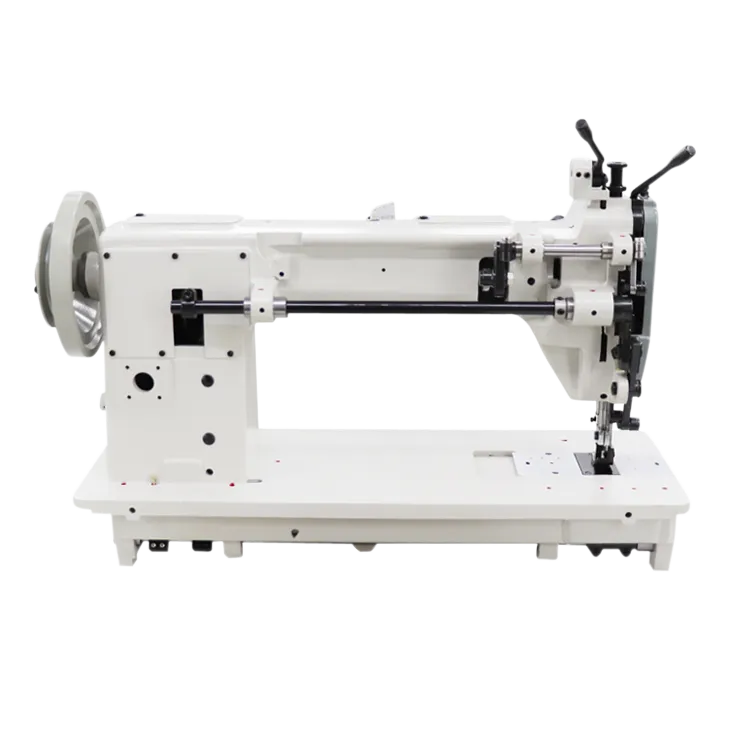what is the difference between coverstitch and overlock
The Difference Between Coverstitch and Overlock A Comprehensive Overview
When it comes to sewing, understanding the different types of stitches and machines is crucial for achieving the desired finish and functionality in your projects. Two commonly confused techniques are coverstitch and overlock. Although they both serve important roles in the sewing process, they are designed for distinct purposes and yield different results. In this article, we will explore the key differences between coverstitch and overlock, helping you choose the right technique for your sewing endeavors.
What is Overlock?
An overlock stitch is commonly used to prevent fabric edges from fraying. The overlock machine, also known as a serger, trims away the excess fabric while simultaneously binding the raw edges with a stitch. This technique creates a clean, professional finish, making it particularly popular for knit fabrics and woven garments. Overlock stitches can vary from three-thread to five-thread combinations, with each adding a different level of strength and flexibility. Typically, overlock is used for seams, hems, and finishing edges, providing a durable and elastic finish perfect for garments that require some stretch.
What is Coverstitch?
Coverstitch, on the other hand, is primarily used for hemming and providing a professional finish to knit garments. This technique features two or more needles that create parallel stitches on the top side, along with a looper thread on the underside. As a result, the coverstitch appears similar to a regular top stitch on the outside while providing a secure, flat seam on the inside. This makes it especially suited for stretchy materials, as the coverstitch allows the fabric to maintain its flexibility and form after washing or wearing. It is commonly used on the hems of T-shirts, activewear, and other knit garments where a neat, attractive finish is desired.
Key Differences
what is the difference between coverstitch and overlock

2. Stitching Styles Overlock stitches utilize a combination of threads (usually three to five) to secure the fabric edges, whereas coverstitch employs two or more needles to create parallel rows of stitching with a looper thread underneath.
3. Appearance The visible difference lies in their finish. Overlock stitches tend to look more utilitarian, as they are primarily functional, while coverstitch creates a professional, neat appearance suitable for garments that will be worn and washed frequently.
4. Stretch and Flexibility Coverstitch allows for greater stretch and recovery in knit fabrics, making it ideal for activewear. Conversely, overlock stitches provide strength but may not offer the same level of elasticity, particularly when finished seams are under tension.
5. Machine Types A serger is required for overlocking, which can also sew standard seams, whereas a coverstitch machine is specialized for creating this particular hem style.
Conclusion
Understanding the differences between coverstitch and overlock is essential for any sewing enthusiast or professional. By familiarizing yourself with the functions, advantages, and applications of each technique, you can elevate your sewing skills and create garments that not only look great but also withstand the test of time. Whether you are finishing seams with an overlock stitch or achieving a perfect hem with coverstitch, mastering these techniques will undoubtedly enhance the quality of your sewing projects.
-
Industrial Cylinder Arm Sewing Machine: Revolutionizing Heavy-Duty SewingNewsJul.28,2025
-
Cylinder Arm Sewing Machine: Perfect for Special Sewing ApplicationsNewsJul.28,2025
-
Cylinder Bed Sewing Machine: Essential for Sewing Complex MaterialsNewsJul.28,2025
-
Heavy Duty Sewing Machine: The Essential Tool for Industrial ApplicationsNewsJul.28,2025
-
Computerized Pattern Sewing Machine: Revolutionizing Precision StitchingNewsJul.28,2025
-
Heavy Duty Industrial Sewing Machine: Power Meets PrecisionNewsJul.28,2025
-
Leather Sewing Machine: The Industrial Standard for Tough MaterialsNewsJul.18,2025





























